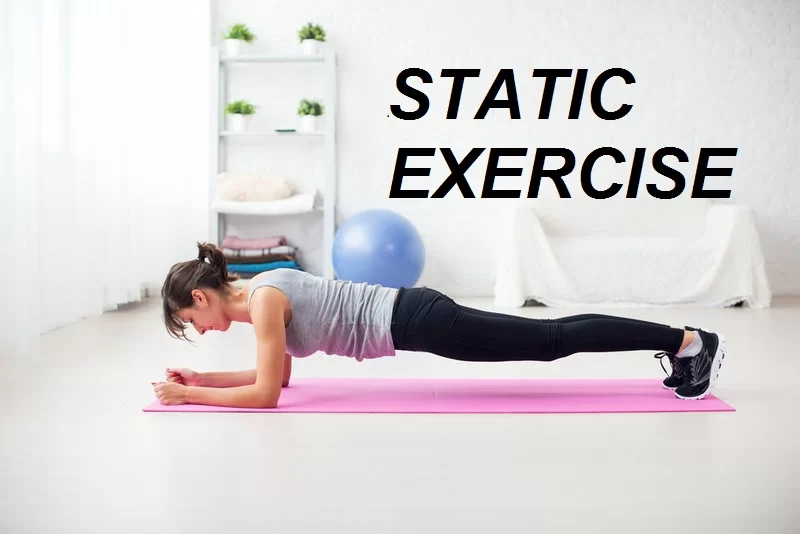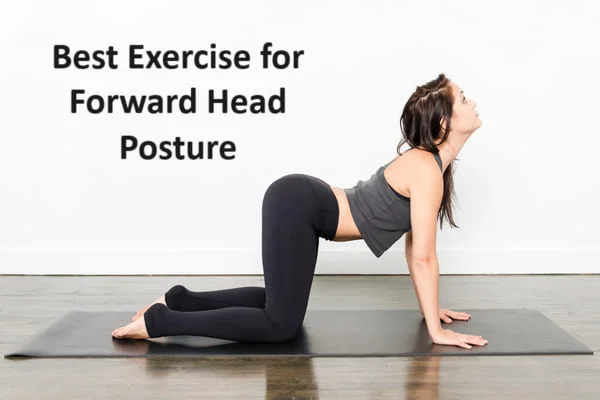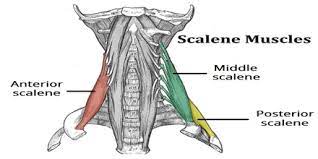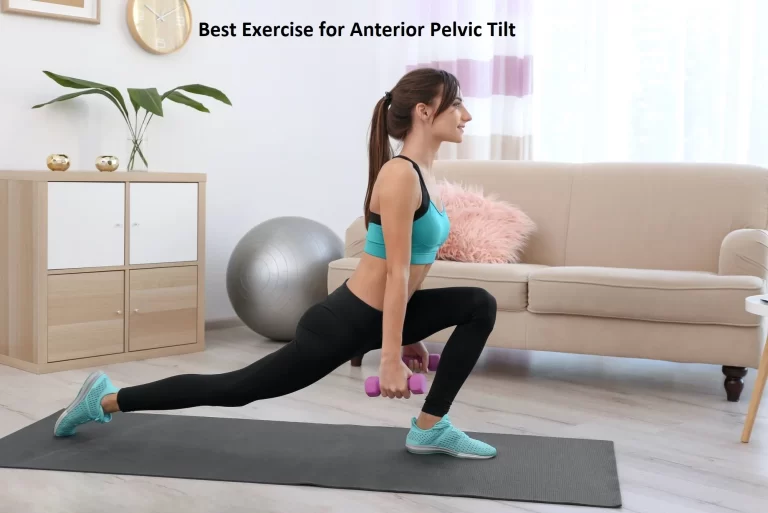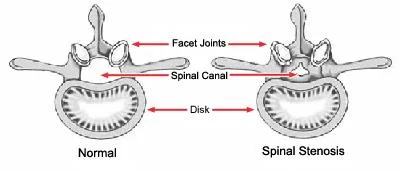Static Exercise
Table of Contents
What is Static Exercise?
Static exercise is defined as exercise that is done in a still position or with little movement. These workouts, which frequently target specific muscles or muscle groups, focus on maintaining a particular pose or position for a set period of time.
Static exercises are commonly used for core stabilization, flexibility, balance, and strength training. They may be performed by people of all fitness levels and require little to no equipment.
Isometric exercises are common static workout techniques. The only difference between the two exercises is that isometric exercise provides the greatest amount of stress while static exercise keeps the muscle without any visible movement. Both workouts build muscles while maintaining movement.
The prefix “iso” implies length, while the words “isometric” and “metron” both mean length.
The muscle contracts without any alteration in muscle length or joint motion.
The strongest force and strain can be generated by the muscles.
Types of Static Exercise
It incorporates low-intensity isometric contractions with little to no resistance as a form of exercise for setting muscles. Because it is performed at a very low intensity, it won’t develop muscle strength, with the exception of very weak muscles.
- Stabilization exercise
- Multiple angle isometrics
Cardiovascular response to Static exercise:
Exercises that cause skeletal muscles to contract while remaining the same length are known as static exercises or isometric exercises (iso = same, meter = length). Dynamic exercise results in a cardiovascular response that differs significantly from that of static exercise. Sports like weightlifting and the hammer throw are common examples of static exercises, as are everyday tasks like lugging a hefty suitcase or lifting large crates.
Regional blood flow is restricted by prolonged, continuous contraction of skeletal muscles because muscle fibers compress the blood-carrying arteries. Local artery vasodilation partially offsets the drop in blood flow, but when the muscle contracts at 70% of its maximum effort, blood flow might be totally blocked. The chemoreceptors in the muscle are activated by the accumulation of acidic metabolic waste products made possible by this reduction in blood flow. Along with mechanoreceptors, these ascending afferents provide feedback to brainstem regions involved in cardiovascular control.
Another mechanism also regulates how the heart responds to exercise that is done while stationary. The higher centers of the central nervous system are the genesis of this central nervous system process, which activates the cardiovascular and respiratory control regions in response to increasing muscular output. The interplay of the above-mentioned feedback process with this central nervous system mechanism causes an increase in heart rate.
The rise in cardiac output is mostly the result of the increase in heart rate because, unlike dynamic exercise, this system does not simultaneously increase stroke volume. Additionally, because muscular stress is somewhat confined during static exercise, there is less systemic vasodilation. Because of this, there is not the same rise in stroke volume that there is during intense activity, but the peripheral circulation makes up for this. As a result of this circumstance, mean arterial pressure increases proportionally to an increase in cardiac output.
Therefore, compared to dynamic activities, static exercises result in quite distinct circulatory responses.
Indications of Static Exercise
- When various forms of device are utilized, such as following the application of any casts or splints, or during the immobilization phase.
- following any operations or injuries that limit movement or make exercise painful
- when a certain muscle group or joint angle is the source of the pain
- Ligament sprain and muscle strain
Examples of static exercises for strengthening the entire body:
The workouts that follow will push every part of your body, making it stronger and exposing any weak spots. They’re easy for you to accomplish, simple to perform, and a wonderful place to start if you want to build up your strength:
Plank: Get on all fours in a plank position, which entails keeping your arms straight, your body upright from head to heels, and your hands parallel to (but slightly broader than) your shoulders. To fix your body in place, contract your glutes, lower your shoulders, and tighten your core. Hold on till you tire.
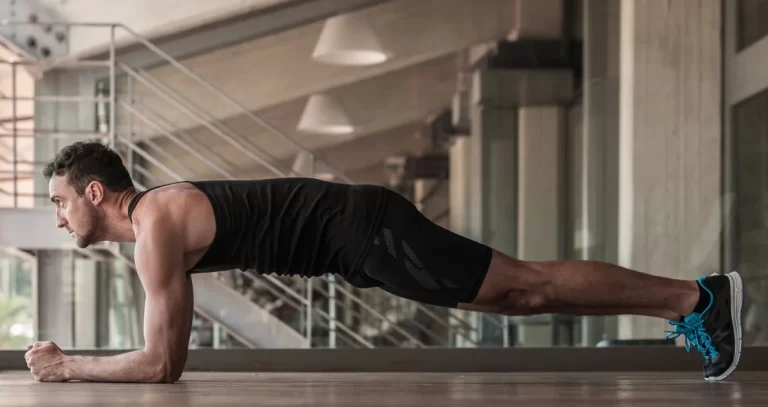
Low Squat: To perform a low squat, stand tall with your feet hip- to shoulder-width apart, your hands by your sides, and your toes pointed forward. Keep a flat back and activated core while pushing your hips back, bending your knees, extending your arms, and lowering your body as much as you can. Take a minute to hold.
Split Squat: Split Squat: If you have weak glutes and quads, split squats can reduce your risk of getting a runner’s knee and other overuse issues. Step into a lunge by adopting an athletic posture, keeping your back straight, and contracting your abs. To make the posture harder, crouch until your rear leg is almost touching the floor and your front knee is 90 degrees bent.
Wall Sit: Standing with your back to the wall, feet hip-width apart, and hands by your sides, perform a wall sit. When your shoulders and buttocks are in contact with the wall and your hips and knees are at a 90-degree angle, slide down the wall. Hold on till you are worn out.

Calf Raise Hold: Start by raising your heels and rising your torso off the ground with both legs. Then, perform the calf raise hold. Hold this position for a minute after reaching the highest point you can before lowering slowly. You can extend the duration by 30 seconds increments until you reach 5 minutes as your body gets used to the added stress.
Static Lunge: Stand tall, with your feet hip-width apart and your hands by your sides. Step forward with your right foot, maintaining your core tight, your shoulders back, and your back flat. You should descend until your front thigh is parallel to the ground and your left knee is bent 90 degrees. Hold for as long as it takes you to get weary, repeating it equally on each side.
Dumbbell Curl: Hold two dumbbells at arm’s length with the palms facing forward while standing. Keep your elbows tucked in and your upper arms locked as you raise the dumbbells until your forearms are parallel to the floor. Hold on till you are worn out.
Pull-Up Hold: Grab the pull-up bar with your hands spread shoulder-width apart. Lift your upper chest up until it is parallel to the bar. Put your elbow down, focus on tightening your shoulder blades, and hold your balance for a minute or two.
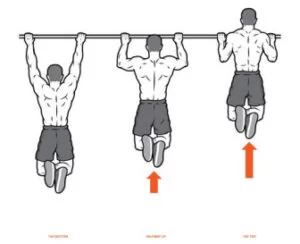
Dead Hang: Grab a pull-up bar with an underhand grip while standing in a dead hang position with your hands shoulder-width apart. Letting your body hang, cross your legs behind you with your toes pointed down. Keep going till you’re exhausted.
Bridge: Lie on the ground on your back. Keep hands to the sides, feet flat on the ground, and your knees flexed. As you support your body with your feet and palms, you should softly lift your hips. Hold this position for ten seconds before lowering your body back to the beginning position.
Static back exercise: As you perform this stationary back exercise, place your back on a plinth. Set the table in front of you so that your legs are 90 degrees bent at the hips and the knees. Without exhaling, push your lower back toward the floor. For 30 seconds, keep your back still.
Contraindications of Static Exercise:
- Might make cardiac patients unsuitable by increasing heart rate and blood flow.
- To avoid using the Valsalva maneuver during activity, the person cannot hold their breath.
- Any time there is soft tissue injury
- Pain while doing isometric exercises
- Inflammation
- Joint oedema
- Infection
Importance of Static Exercise:
- After any muscle or soft tissue damage, it is utilized to enhance muscle relaxation, circulation, and to lessen discomfort or spasms during the acute healing stage.
- Muscle setting improves the mobility between muscle fibers while muscles are healing.
- aids in preventing atrophy while activity is not taking place
- aids in fostering joint stability and good posture
- enhances muscle strength without the use of dynamic exercise or when it is not possible to use dynamic exercise
Disadvantages of Static Exercise:
- Injury risk: Patients must not hold their breath during exercise and must perform the static exercise correctly to reduce the danger of muscular or soft tissue damage.
- Muscular endurance: Isometric exercises don’t increase muscle strength because they call for holding your muscles tight without moving. For instance, strength training increases muscle endurance by directing blood to the muscles. If you perform an isometric When blood flow to the muscles is cut off, the muscles are deprived of the benefits of oxygenated blood.
- Not designed for everyone: Some patients may tire out during exercise or may not be a good idea; as a result, static exercise is not designed for everyone.
- Limited strength: If your objective is to develop general muscle strength, static training, and isometrics won’t be of any assistance.
- Time-consuming: Static exercises keep the patient in a single, stationary position throughout the session, which can be time-consuming.
Static vs Dynamic exercise
Exercises can be divided into two categories: static and dynamic. Each has unique traits and advantages. Their distinctions are broken down as follows:
Definition:
- Static exercise: Exercises that are static entail maintaining a stance or pose with little to no movement. Although the muscles are tightened, there is little to no joint movement.
- Dynamic exercise: Exercises that are dynamic: Exercises that are dynamic entail continuous, repetitive motions that actively engage numerous joints and muscles throughout the range of motion.
Muscle Engagement:
- Static exercise: By concentrating on a specific muscle or set of muscles, exercises that are static are intended to grow and stabilize that muscle or group. The muscles are contracted and kept in position.
- workouts that are dynamic: Dynamic exercises need a broader range of muscular activation since many muscle groups must work together to perform the movement.
Benefits:
- workouts that are static: Static workouts are great for enhancing muscular stability, endurance, and strength. They can improve posture, strengthen the core, and tone the muscles. These movements are frequently incorporated into isometric training and recovery programs.
- Exercise that is dynamic: Dynamic exercises are good for coordination, flexibility, total strength, and cardiovascular fitness. They enhance joint mobility, increase muscle strength and power, and support functional motions utilized in daily life or sports.
Examples:
- Static exercise: Exercises that need no movement at all include the plank, the wall sit, the bridge, the side plank, and isometric contractions.
- Dynamic exercise: Exercises that are dynamic include walking, jogging, cycling, swimming, weightlifting, squats, lunges, push-ups, and yoga poses.
Impact:
- Static exercise: Static exercises are those that involve little to no movement and frequently have a minimal impact on the joints.
- Exercises that are dynamic: The effects of exercises that are dynamic depend on the force and complexity of the motions. Running or other high-impact exercises may place greater strain on the joints.
Static and dynamic exercises can both be included in a well-rounded fitness regimen. Combining the two can result in a thorough workout that addresses various fitness-related issues, such as strength, endurance, flexibility, and cardiovascular health. It’s critical to select activities that are appropriate for your fitness objectives, skill level, and any unique concerns or constraints you may have.
Summary
The stability of the joints throughout the body is facilitated by concentrating on static poses. They also aid in creating a strong foundation for workouts that require more dynamic movements, such as active exercises for the entire body or moves that require wide ranges of motion for the thighs. Consider including static exercise in your everyday fitness program.
FAQs
Isometric (iso = same, meter = length) is another word for a static workout, which is the contraction of skeletal muscles without changing the length of the muscle.
Isometric exercises, often known as static strength training, involve muscular motions that do not cause apparent joint movement or changes in muscle length. Static contraction training is a common term used to describe isometric exercises. Isometric exercise contracts the muscle with the greatest amount of resistance, whereas static training involves keeping a position for an extended period of time without making any obvious motions.
A specific muscle or set of muscles is contracted during these static strength training exercises. Both the length of the muscle and the affected joint are constant. Isometric exercise is regarded as a component of static exercise because it serves the same purpose.
Isometric stretching is a sort of static stretching in which the stretched muscles are isometrically contracted to their maximal resistance.
Calf lift and hold in a plank
static lunges
Stagnant lunges
Bridge
Reference
- Static Exercise. Mobile Physiotherapy Clinic. https://mobilephysiotherapyclinic.in/static-exercise/
- Hyber, J. (2023, July 19). Top 20 Isometric Exercises for Static Strength Training. https://vertimax.com/blog/top-20-isometric-exercises-for-static-strength-training

